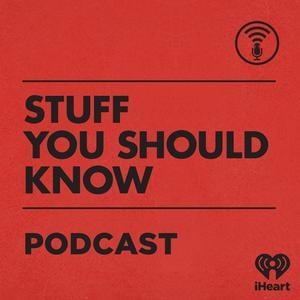
In this episode of the Huberman Lab podcast, Dr. Andrew Huberman interviews Dr. Eric Jarvis, a renowned neurobiologist studying the neurobiology of vocal learning, language, speech disorders, and the relationship between language, music, and movement. They delve into the fascinating world of speech, language, and music, exploring the connections between different species and the unique abilities of humans in these domains.
Dr. Eric Jarvis explores the interconnectedness of speech and language in the brain, highlighting the parallel pathways controlling speech production and gesturing. Humans naturally gesture while speaking, and different languages have their own set of learned gestures. Vocal communication is a unique trait of a few species, including humans, and our advanced vocal learning ability sets us apart from other primates.
Genomic data suggests that our ancestors, including Neanderthals, had the genetic capacity for learned vocal communication. Birds, such as songbirds and parrots, share similar brain circuits and genes involved in vocal learning with humans. Hummingbirds, a vocal learning species, have evolved multiple complex traits, including language. Genetic predispositions and childhood experiences contribute to motor function abilities, such as dancing and singing.
Dance involves tight auditory-motor integration, allowing humans to coordinate muscle movements with sound. While speech is used for abstract communication, dance serves as a form of effective communication. Facial expressions and body movements play a crucial role in eliminating ambiguity in communication. Writing involves separate language, speech, visual, and hand circuits in the brain. Practicing speech, singing, and dancing can improve cognitive function and speech abilities.
Dr. Eric Jarvis’s research sheds light on the fascinating connections between speech, language, music, and movement. Understanding the neurobiology of vocal learning and its genetic underpinnings enhances our knowledge of human communication and the unique abilities we possess. By exploring these topics, we gain insights into the complex and intricate workings of the human brain.